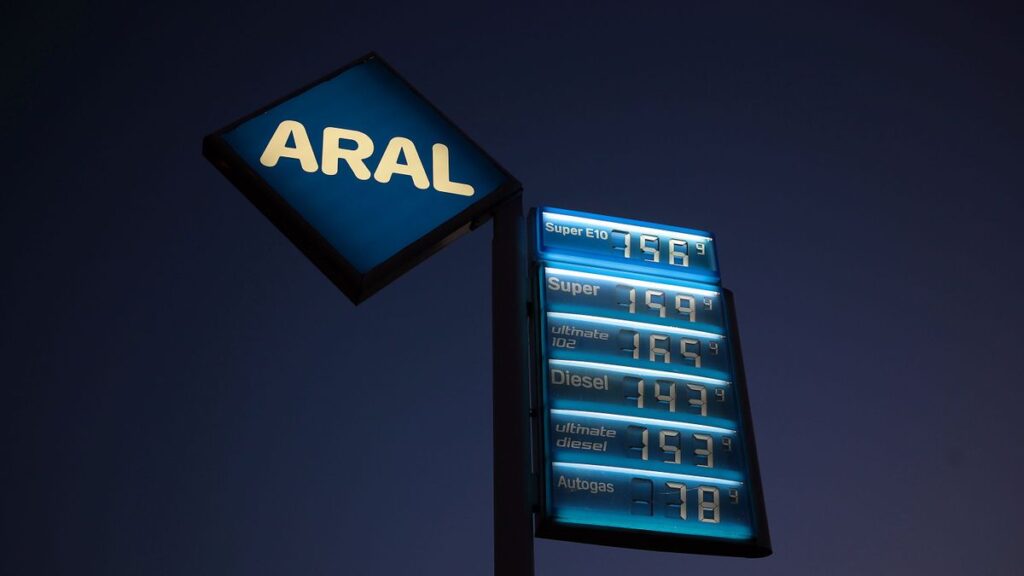
Introduction
Gas prices are a critical factor influencing the daily lives of Canadians, impacting everything from commuting costs to inflation rates. As the economy recovers from the effects of the pandemic, fluctuations in gas prices have been a subject of much discussion among policymakers, businesses, and consumers alike. Understanding the dynamics of gas prices is crucial not just for budgeting, but also for planning long-term investments in energy alternatives.
Current Trends in Gas Prices
As of October 2023, gas prices in Canada have experienced notable fluctuations. According to the Canadian Fuels Association, the average price for regular unleaded gasoline reached $1.55 per litre, up from $1.40 just six months prior. This increase is attributed to rising crude oil prices, supply chain disruptions, and geopolitical tensions affecting oil-producing regions.
The recent conflict in the Middle East has amplified concerns over oil supply stability, contributing to price spikes observed in the past few weeks. Additionally, seasonal demand appears to play a role, as Canadians traditionally travel more during the fall for outdoor activities, putting additional pressure on fuel prices.
Factors Influencing Gas Prices
Several key factors influence gas prices. Global oil prices remain the primary determinant; fluctuations in supply due to OPEC+ production decisions can lead to immediate changes at the pump. Furthermore, the exchange rate between the Canadian dollar and the US dollar impacts import costs, as crude oil is typically traded in US dollars.
Refinery capacity and maintenance schedules also significantly affect gas prices. A recent report indicated that several refineries in Eastern Canada were undergoing maintenance, leading to a temporary decrease in supply that could further escalate prices in affected regions.
The Impact on Consumers and the Economy
The rise in gas prices has a cascading effect on consumers and the broader economy. Higher fuel costs generally lead to increased prices for goods and services, as transportation costs are passed on to consumers. This inflationary pressure is particularly concerning for lower-income households, which spend a larger percentage of their earnings on fuel and transport.
Moreover, with the transition towards greener energy, many consumers are contemplating switching to electric vehicles. Increased gas prices might accelerate this trend, pushing both car manufacturers and consumers to invest more in sustainable alternatives.
Conclusion
As gas prices continue to rise and fall, understanding the underlying factors can help Canadians better navigate the economic landscape. Whether you are budgeting for daily commutes or considering longer-term investments in alternative energy sources, staying informed is key. Predictions for the next few months suggest that while some stabilization may occur, gas prices are likely to remain volatile due to ongoing geopolitical tensions and seasonal demand.



